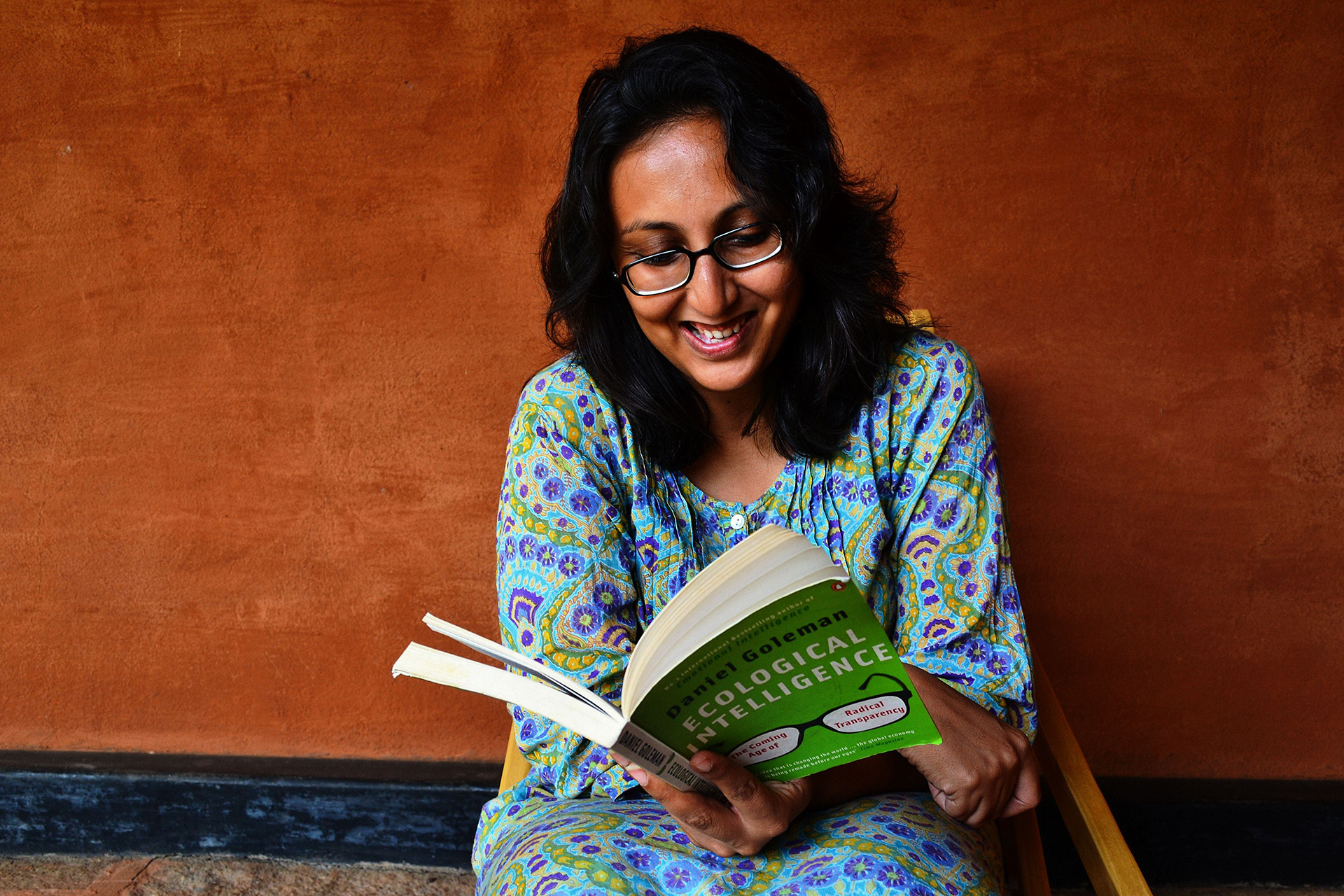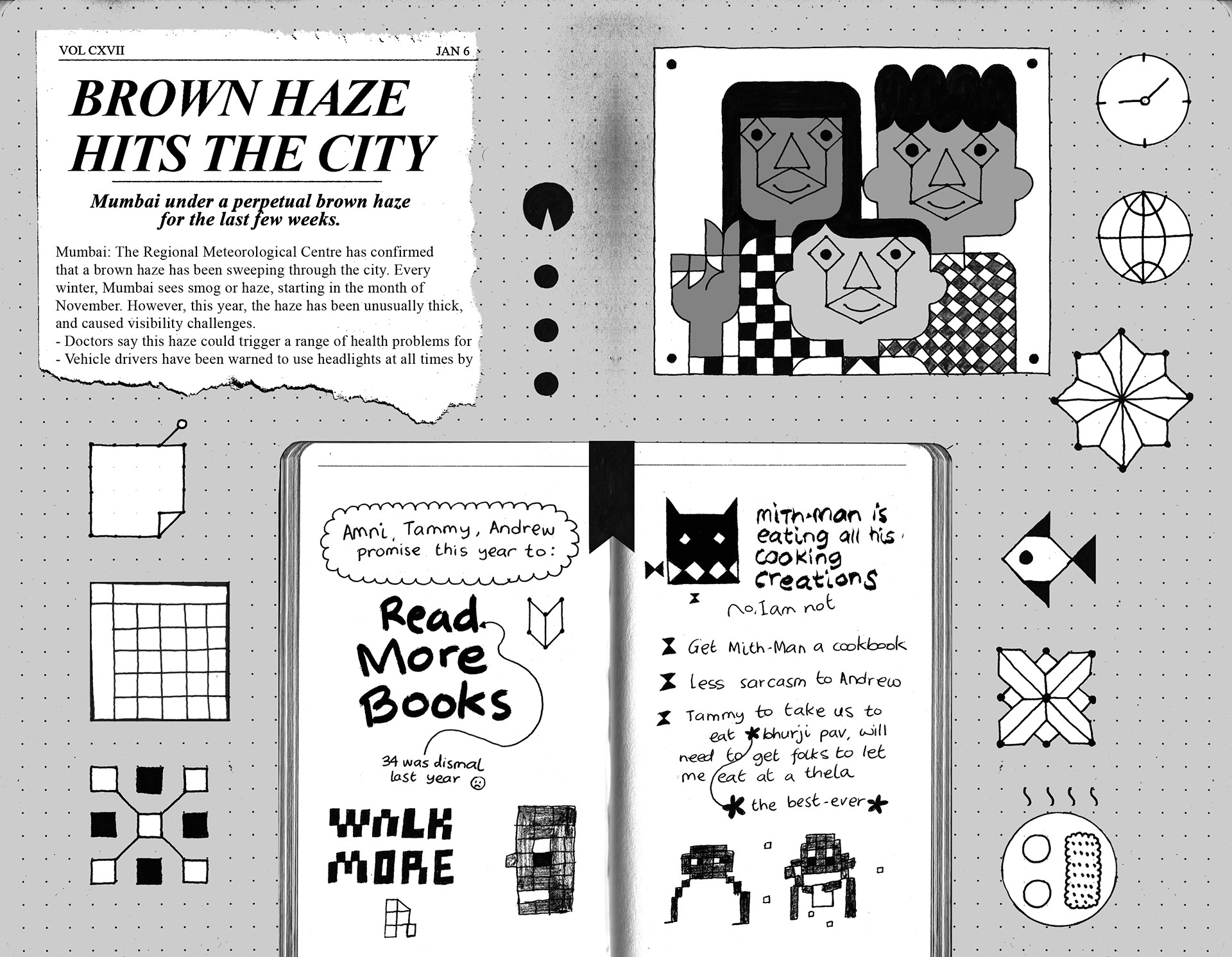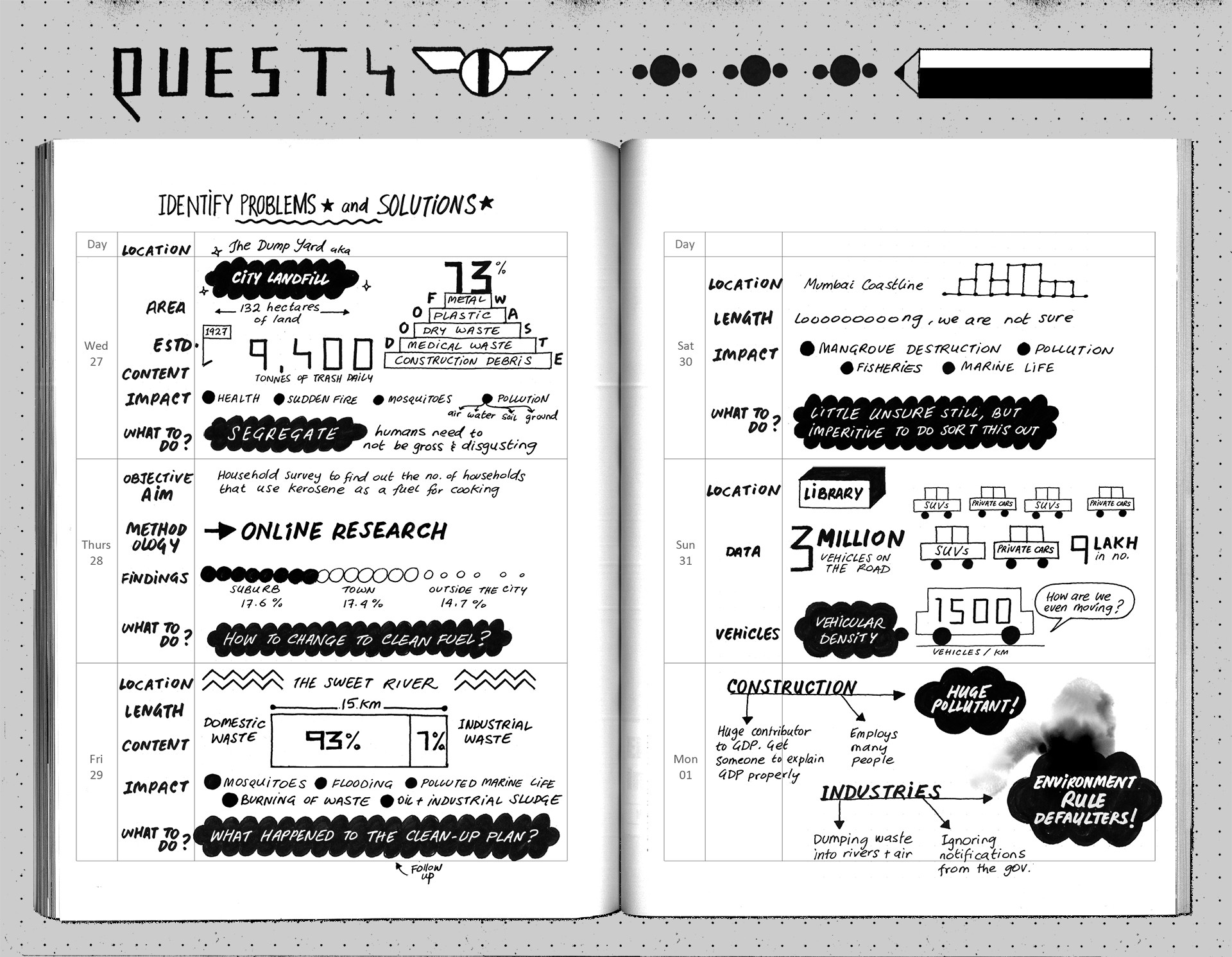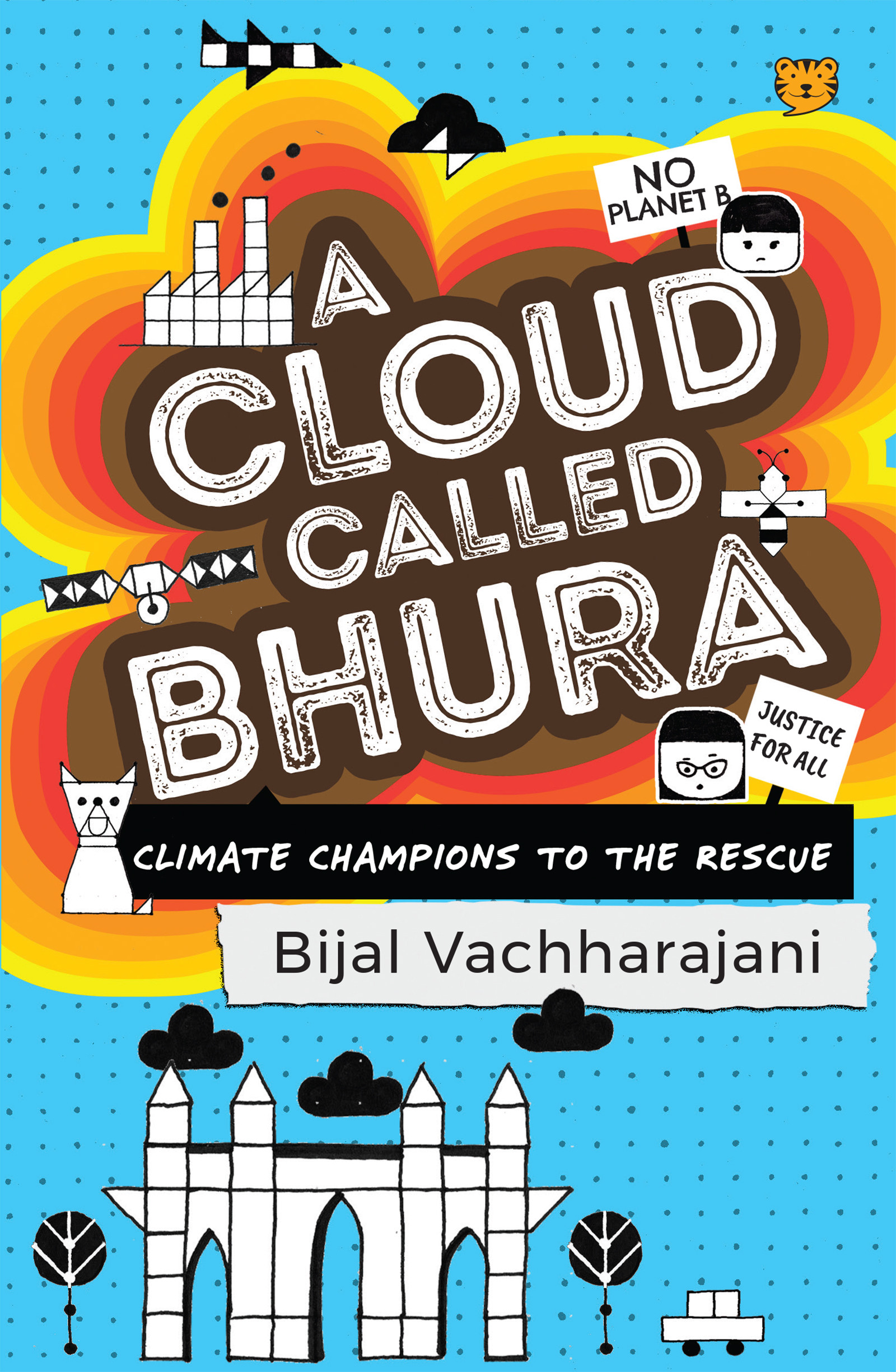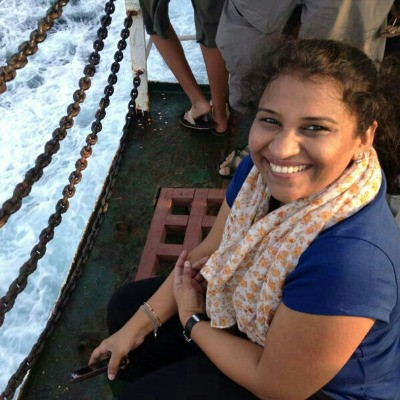A thick haze extends till the end of the horizon. The air smells metallic, smokey. There is a greyish brown sheet where the sky used to be, like a dust storm that won’t dissipate. A mysterious brown cloud hangs overhead, except, it is not mysterious at all. The planet has been offering prescient warnings, kindly at first, and sternly more often. All of these warnings have been ignored, and then denied. None so blind as those who will not see, they say. This cloud is the strongest message yet.
This is the setting of Bijal Vachharajani’s action-packed latest book, A Cloud Called Bhura, a cli-fi (climate fiction) novel for young adults, that all adults must read too.
We have been exposed to a steady dose of apocalyptic movies on the theme of climate fiction over the years – technically inaccurate, visually astounding or grotesque, depending on how you are feeling at that moment. The one consistent thread through all these movies is that bulging oceans, raging forest fires and giant icebergs are often depicted as villains who are out to gobble up the planet. In A Cloud Called Bhura, the villains are of a different kind – a hyperactive newscaster who has no qualms over misreporting, ministers who refuse to acknowledge problems that stare at them in the face, godmen peddling fake remedies, a scientist gone rogue, and an entire population of adults who simply refuse to act. The brown gaseous cloud that takes over the city, Bhura Cloudus, is not the villain, but the messenger of an environmental calamity, of a future fraught with problems.
The heroes of the book are children; curious, bright, conscientious and fearless. They ask the right questions, rightfully so, for they have to bear the brunt of what is to come.
We had a quick chat with the wonderful Bijal Vachharajani, a writer and editor, who has also written So You Want to Know About the Environment, another must-read for children and adults alike.
How did you end up studying climate science? What drove you to choose a topic that is not mainstream even now, when we are in the middle of a climate emergency?
I studied Environment Security and Peace with a specialisation in Climate Change at the University for Peace in Costa Rica in 2011. It came on the heels of my work with climate advocacy group 350.org in 2010, where I had mobilised people across India and South Asia for the 10/10/10 Global Work Party campaign, which was meant to be one of the biggest days in climate action. That is when I realised that I knew so little about climate change, and understood it even less so. I wanted to go for a course which offered a sociological understanding, and a friend’s friend recommended this course to me. Of course, I came back with a degree but no job!
How did the idea for A Cloud Called Bhura emerge? When did you start working on the book?
The idea of A Cloud Called Bhura has been brewing in my head since the time I was studying. There, I learned about the brown cloud phenomena, and what fascinated me during my Masters was that a lot of the chatter about the climate crisis is not about the weather or science but people’s reactions to it. Which is why, I ended up writing a book on how people view this Bhura Cloudus, as a metaphor for climate change.
The book is packed with facts, numbers and topical references. Through the course of your writing, you must have tracked the air quality index, carbon emissions and temperature changes regularly. This is an overwhelming amount of research, rather upsetting too. How did you keep track of all this data?
I live in Bangalore, but my family lives in Mumbai and Dubai. So, often I’d check the Weather app on my phone and discover to my dismay a constant smoke/haze in Mumbai, which made me start intermittently checking the Air Quality Index. I didn’t track it for the book – it is a fictional scenario – but I did think that we check our WhatsApp messages (guilty, as well) more often than we check the AQI, something that we breathe in and out all the time.
A lot of the research was from reading online news constantly and some from my Masters. Also, my friends Namrata Yadav and Shals Mahajan helped me with the legalese. Namrata pulled out her old research and shared it with me, and we had long discussions on what it would mean in the book, what to keep, what to leave out. Then, my editor, Sudeshna Shome Ghosh, worked on editing it to actual human-size portions and would reign me in when I went overboard, which I did often.
I was inspired by the work of Nalanda Academy in Wardha, so they also went in. Shaunak Modi from the collective Marine Life of Mumbai checked the marine facts and took me on a marine walk on Juhu Beach for the bit about Amni, Mithil, Tammy and Andrew missing hermit crabs and thinking about their welfare. You, Radha, read the draft closely and pointed out mistakes. But, it was illustrator Aindri C and art director Maithili Doshi who then made the magic happen on the pages.
I also sent out word on social media. I met children from Parikrma Foundation to understand what they make of climate change, and I put in most of their quotes verbatim towards the end. Because I wanted their voices to be heard when it came to talking about what concerns them about the climate crisis and how they would like to take action.
Is there a climate science book on the cards for adults? Or would you rather continue to focus on children's literature?
Adults have been reading A Cloud Called Bhura, or as my characters call them, groan-ups, and have been sending me fun messages about it. But my books are meant for children, not because I write (and edit) only for them, but also because I strongly believe in the power of children and young adults.
That belief that the world can change for the better and that sense of wonder in the natural world, all of it is being reflected in the inspiring way children have now started demanding for their right for a sustainable future.
Who are your favourite nature and environment writers? Tell us about some books that you think absolutely everyone must read.
That is a super-long list! But, here it is, a mix of books:
Ranjit Lal’s Birds From My Window and the Antics They Get Up To, Ten Animals You May Never See Again in the Wild and The Caterpillar Who Went on a Diet and Other Stories.
Anything by Robert Macfarlane, but especially The Lost Words
Shabhnam Minwalla’s The Six Spellmakers of Dorabji Street
Anything by Rachel Carson, but especially Silent Spring and The Sense of Wonder
Prerna Singh Bindra’s The Vanishing: India’s Wildlife Crisis
Kate Allen’s The Line Tender
Rohan Chakravarty’s Bird Business
Katherine Applegate’s The One and Only Ivan
Shalini Srinivasan’s The Case of the Missing Water
'A Cloud Called Bhura – Climate Champions To The Rescue' is published by Speaking Tiger Publishing Pvt Ltd. You can purchase it in various bookstores or online. A Kindle version is available too.
